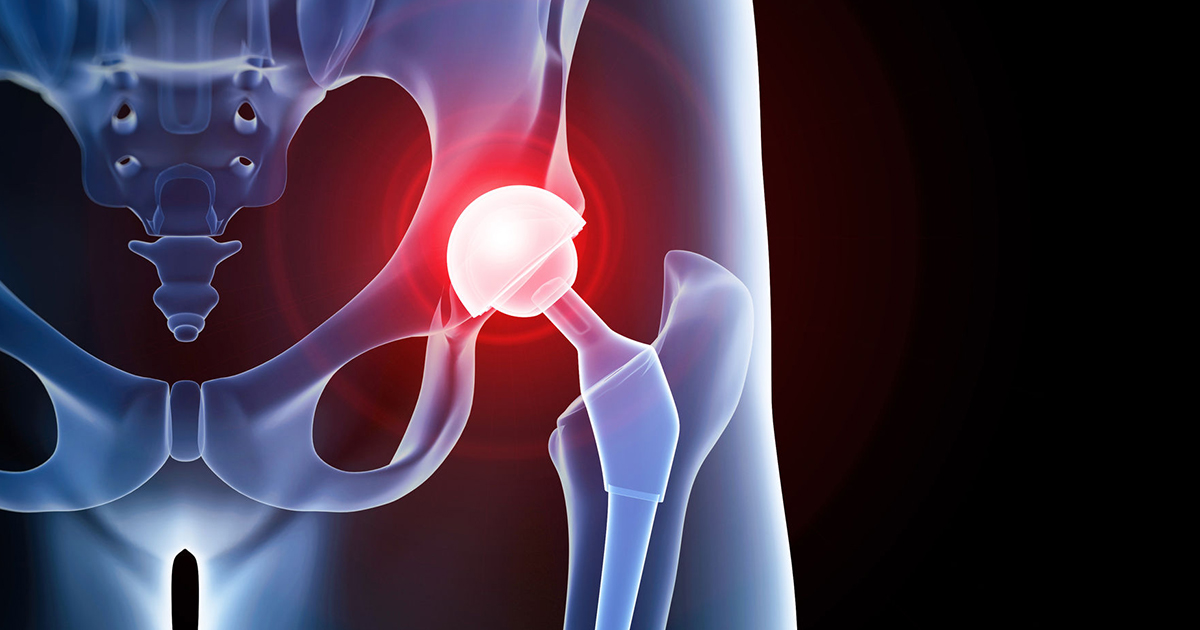Methods For Treating And Managing Hip Dysplasia
Joint Replacement Surgery

Joint replacement surgery replaces the damaged joint with artificial parts made of tough plastic, ceramic, or specialized metals. This type of surgery is also known as total hip replacement or total hip arthroplasty. Total hip replacement and hip resurfacing are the two major types of hip replacement techniques. Age, distorted anatomies, leg lengths, or previous surgeries can increase the complexity of this kind of surgery. The thigh bone or pelvis of dysplasia patients are frequently misshapen and may require special methods to correct them, such as implants or bone grafts to provide support to the socket. Younger patients need a more durable and long-lasting artificial hip because of their age at the time of surgery and their higher level of activity. Short-term results of this type of surgery are similar to those of total hip replacements, but long-term results are worse for individuals with hip dysplasia. Patients with more severe hip dysplasia may need revision surgery, and they should make sure they choose an experienced surgeon to perform their joint replacement surgery for the best possible results.
Continue reading to discover more about how to treat and manage hip dysplasia now.